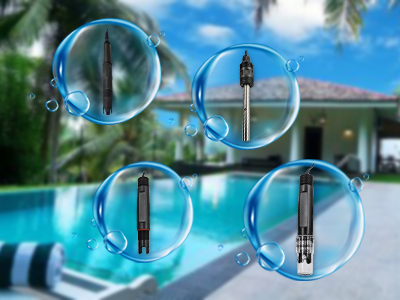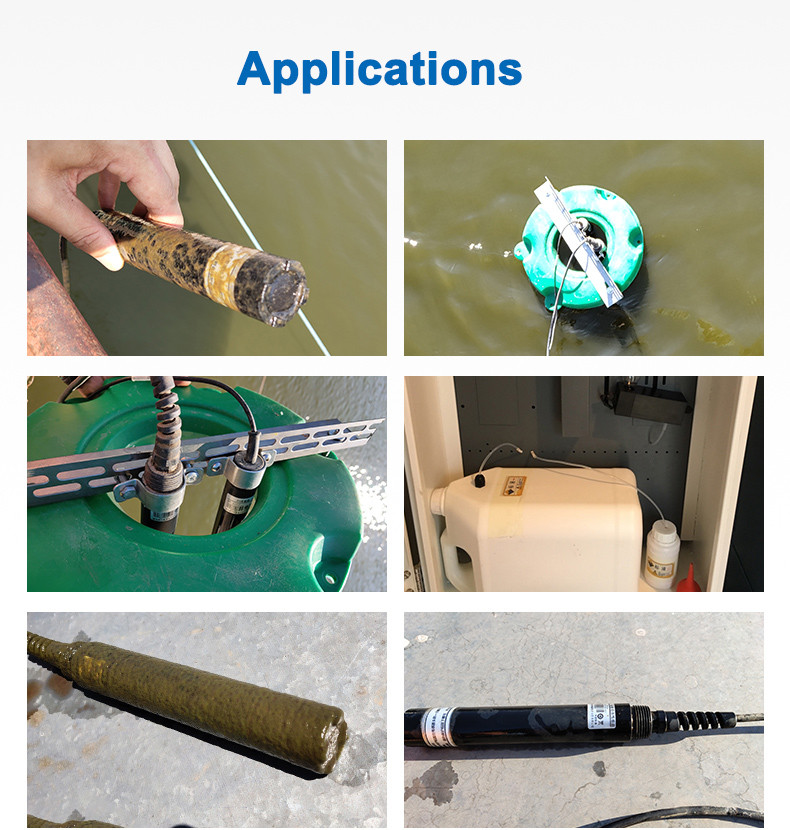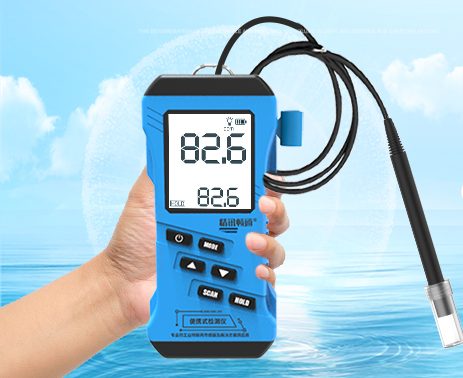Water is a vital resource for all living organisms, and ensuring its quality is essential for human health, environmental sustainability, and economic development. Water quality detectors play a crucial role in monitoring and assessing the condition of water bodies by measuring various physical, chemical, and biological parameters. This essay provides an in-depth exploration of water quality detectors, including their types, applications, and working principles, to underscore their significance in safeguarding water resources.
Types of Water Quality Detectors
Water quality detectors encompass a diverse range of instruments and technologies designed to measure different parameters related to water quality. The following are some common types of water quality detectors:

Physical Parameter Detectors:
- Turbidity Meters: These detectors measure the cloudiness or haziness of water caused by suspended particles. Turbidity meters are essential for assessing the clarity of water, which can affect light penetration and aquatic ecosystems.
- Temperature Sensors: Temperature detectors monitor the thermal characteristics of water, which influence chemical reactions, biological processes, and the overall health of aquatic organisms.
Chemical Parameter Detectors:
- pH Meters: pH detectors measure the acidity or alkalinity of water, providing insights into its chemical balance and the potential for corrosiveness or toxicity.
- Dissolved Oxygen Sensors: These detectors measure the concentration of oxygen dissolved in water, which is vital for aquatic life and indicative of water body health.
- Conductivity Meters: Conductivity detectors assess the ability of water to conduct electrical currents, reflecting the presence of dissolved ions and overall water purity.
- Nutrient Analyzers: These detectors measure the levels of nutrients such as nitrates and phosphates, which can indicate eutrophication and potential water pollution.
Biological Parameter Detectors:
- Biological Oxygen Demand (BOD) Sensors: BOD detectors quantify the amount of oxygen consumed by microorganisms during the decomposition of organic matter in water, reflecting its pollution level.
- Chlorophyll Sensors: Chlorophyll detectors measure the concentration of chlorophyll-a in water, providing insights into algal growth and potential water quality issues.

Multi-Parameter Detectors:
- Multi-parameter water quality detectors integrate several sensors to measure multiple parameters simultaneously, offering comprehensive insights into water quality. These versatile instruments are valuable for comprehensive monitoring and assessment.
Applications of Water Quality Detectors
Water quality detector find diverse applications across various sectors and settings, serving critical roles in safeguarding water resources and public health. Some key applications include:

Drinking Water Monitoring:
- Water quality detectors are used to monitor the source water quality, as well as the efficiency of treatment processes in drinking water treatment plants. They ensure that the water supplied to communities meets regulatory standards for safety and cleanliness.
Environmental Monitoring:
- Water quality detectors are deployed in natural water bodies, rivers, and lakes to assess the impact of urban runoff, industrial discharges, and agricultural activities on water quality. They help in preserving ecosystems and identifying potential pollution sources.
Aquaculture and Fisheries Management:
- Water quality detectors are essential for monitoring water quality in aquaculture facilities and natural aquatic habitats. They ensure the health and productivity of fish and other aquatic organisms, as well as the sustainability of fisheries.
Recreational Water Safety:
- Water quality detectors are used to monitor the quality of water in swimming pools, beaches, and recreational lakes to ensure the safety and well-being of individuals engaging in water-based activities.
Industrial and Agricultural Compliance:
- Water quality detectors are employed by industries and agricultural operations to comply with regulations, manage wastewater, and prevent contamination of water resources. They help in ensuring environmental compliance and sustainability.
Working Principles of Water Quality Detectors
The working principles of water quality detector vary based on their specific parameters and measurement techniques. However, the fundamental working principles can be outlined as follows:

Physical Parameter Detectors:
- Turbidity Meters: These detectors typically utilize light scattering or absorption techniques to measure the amount of suspended particles in water, with higher turbidity leading to greater light attenuation.
- Temperature Sensors: Temperature detectors employ thermistors, thermocouples, or resistance temperature detectors to measure water temperature, providing crucial data for various aquatic processes.
Chemical Parameter Detectors:
- pH Meters: pH detectors measure the concentration of hydrogen ions in water using a glass electrode and a reference electrode, generating a voltage signal that corresponds to the pH value.
- Dissolved Oxygen Sensors: These detectors use polarographic or optical sensors to measure the partial pressure of oxygen in water, providing insights into dissolved oxygen levels.
- Conductivity Meters: Conductivity detectors measure the electrical conductivity of water using electrodes, with higher conductivity indicating a presence of dissolved ions.
Biological Parameter Detectors:
- BOD Sensors: BOD detectors measure the oxygen consumption in a sealed sample over a specific period, reflecting the organic pollution level in water.
- Chlorophyll Sensors: Chlorophyll detectors use fluorescence or absorption techniques to quantify the concentration of chlorophyll-a in water, indicating algal biomass.
Multi-Parameter Detectors:
- Multi-parameter water quality detector integrate various sensors and probes, with each sensor employing specific measurement techniques. These detectors often utilize microprocessors to collect, process, and display multiple parameter readings simultaneously.
Advancements in Water Quality Detection Technologies
The field of water quality detection is constantly evolving, driven by technological advancements and the need for more efficient, accurate. Some notable advancements in water quality detection technologies include:
Miniaturization and Portability:
- Advancements in sensor miniaturization and portability have led to the development of handheld and field-deployable water quality detectors.
Remote Sensing and Autonomous Monitoring:
- Remote sensing technologies, including satellite and aerial platforms, are increasingly used for large-scale water quality monitoring, providing spatial. Autonomous monitoring platforms, such as unmanned surface vehicles (USVs), offer high-resolution data collection in aquatic environments.
Advanced Sensor Technologies:
- Emerging sensor technologies, such as nanosensors and microfluidic devices, are being developed for the detection of specific pollutants at extremely low concentrations, offering enhanced sensitivity and selectivity in water quality monitoring applications.
Internet of Things (IoT) Integration:
- IoT-enabled water quality detection systems utilize interconnected devices and networks to collect, transmit, and analyze data, control of water quality parameters.
Data Management and Analytics:
- Advanced data management and analytics software are being integrated into water quality detection systems, allowing for the storage, analysis. These tools enable the identification of trends, anomalies, and potential pollution events, facilitating informed decision-making.
Conclusion
Water quality detector are indispensable tools for monitoring and assessing the condition of water bodies, providing crucial insights into the physical, chemical, and biological characteristics of water. By continuously monitoring water quality parameters, these detectors play a vital role in safeguarding public health, preserving ecosystems, and supporting sustainable water resource management. As advancements in technology continue to drive the evolution of water quality detection systems, the future holds great promise for more efficient, accurate, and accessible monitoring solutions, ultimately contributing to the availability of clean and safe water for generations to come.
